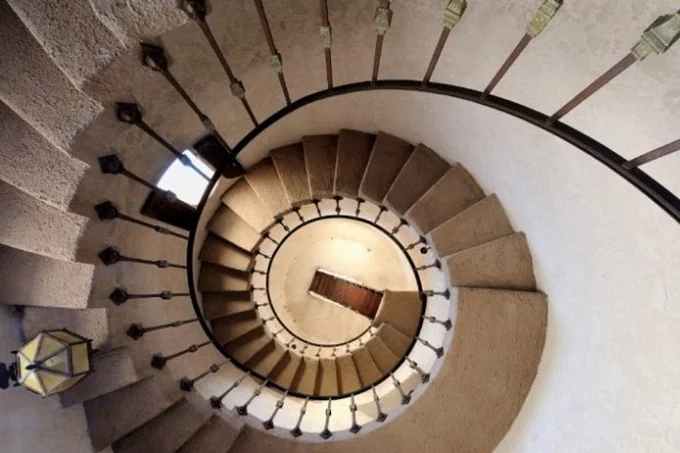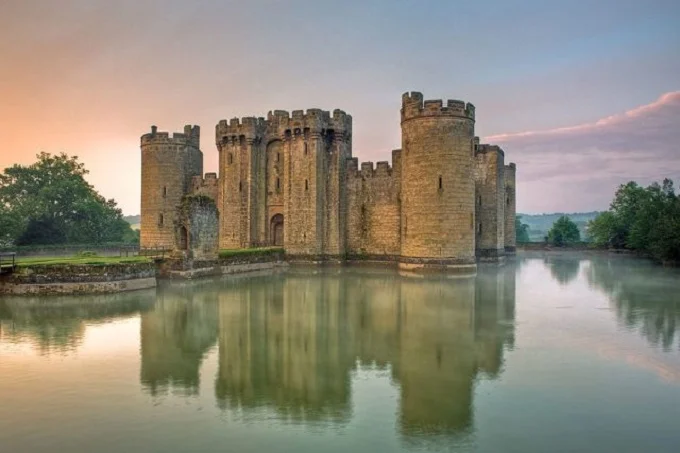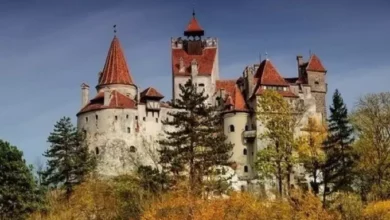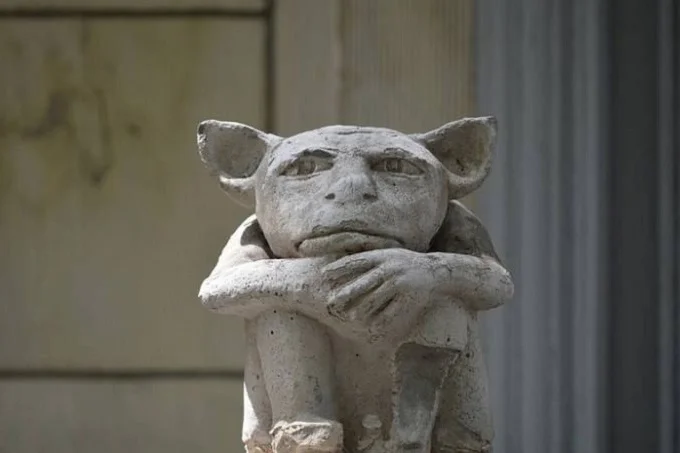Secrets of medieval castles: why were the stairs built clockwise?

If you’ve ever been to a medieval castle, you might have noticed that the stairwells are made in a clockwise spiral. There is a very good reason why the designers of medieval castles decided to build them this way.
What do you recall when you think about the Middle Ages? Countless tales of courageous knights, cunning folk heroes, fantasy villages, beautiful cities, terrible battles, stories of the rise and fall of numerous kings and queens, huge fortifications dotting the landscape, and, of course, magnificent castles.
Yes, we’re talking about the Middle Ages, a 1000-year era brimming with events, historical personalities, and magnificent architectural structures. It’s time to turn our attention to medieval architecture and reveal the design secrets of medieval castles with you.
These majestic buildings, which were initially constructed for the sake of protection, defined a period and molded history. It is clear that stating that medieval castles are very complex constructions is insufficient, and we must examine the specifics of these defensive fortifications.
Moat
The moat, a large and deep body of water around the castle, is without a doubt one of the most essential components in the defense of a medieval castle. The most essential purpose of the moat was to prevent intruders from constructing tunnels, in addition to being an excellent barrier to slow down the march of opposing forces.

Without a moat, castles were often assaulted from below. Invaders would construct a tunnel under the castle’s defenses, which would ultimately allow them to gain access. The tunnel would be filled with water before the attackers could reach beyond the castle wall, thus a ditch was an excellent defensive device against tunnel digging.
Concentric circles
This unique form of defense provided the greatest protection against enemy assaults, which was established during the 13th century. The castle was safer than any previous defensive structure in history because of the concentric layers of defensive barriers.
As we all know, the term “concentric” implies that one circle is within another, and in the case of a medieval castle, this meant that the invading force had to first conquer the outer wall or earthen ramparts the fight was far from finished. The castle moat would be their next challenge, followed by the inner wall, which would take them to their last challenge, the castle tower.
The main entrance
The main gate was another excellent defensive feature to a medieval fortress. Although it may seem that the main gate was the most susceptible section of a medieval castle, it was really one of the most well-defended and one of the most hazardous since it was often packed with obstacles and lethal traps.
The invaders might have easily been confined in the tiny courtyard between the inner and outer gates thanks to the iron bars. There was no way out; the unlucky assailants might have been assaulted by archers on the gatehouse’s roof, as well as stones, boiling water, or burning oil hurled through the deadbolts.
Staircases
You may have noticed that the stairwells in a medieval castle are built in a clockwise spiral if you’ve ever visited one. The designers of medieval castles built them this way for a very good reason, and it’s all about defense once again.
As a result, any intruder ascending the steps would have their sword hands (right hand) against the inner curvature of the wall, making swinging their swords very difficult. The defenders, on the other hand, could readily wield their swords, and their bodies were considerably less exposed than their opponents’ due to this unique design.
Passages that are hidden
The technique of constructing hidden passageways and secret chambers, which has been practiced since ancient times, was nothing new in the Middle Ages when secret passages were an essential component of the construction of most castles.
The occupants of a castle might utilize these hidden passageways to acquire additional supplies or to escape safely if the invaders captured the castle in the case of a siege. The hidden chambers may be used to conceal or store supplies and water by residents.




